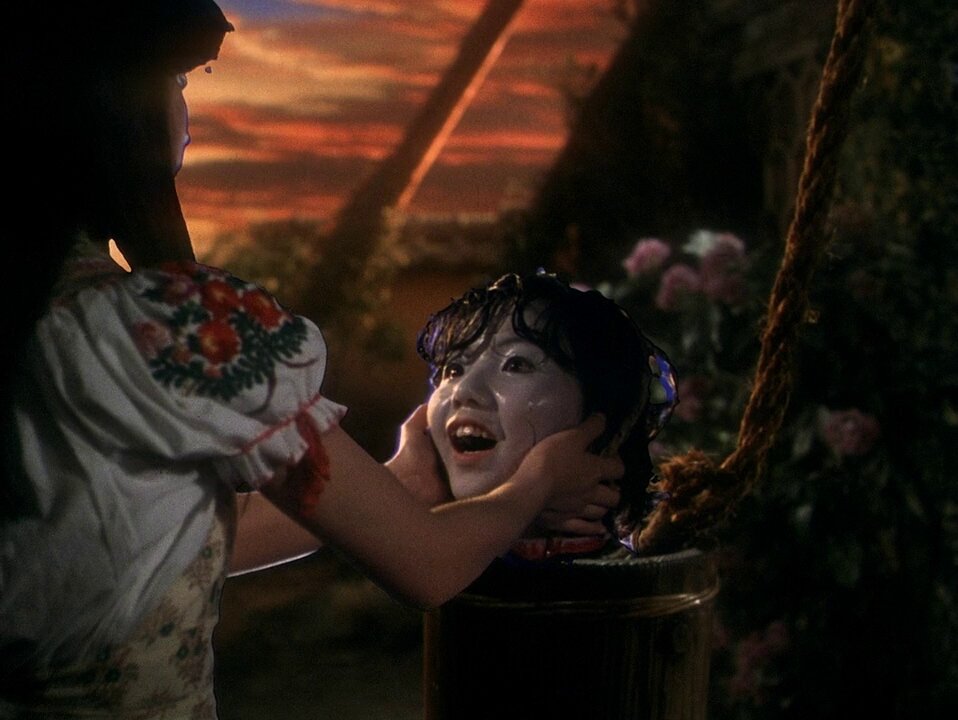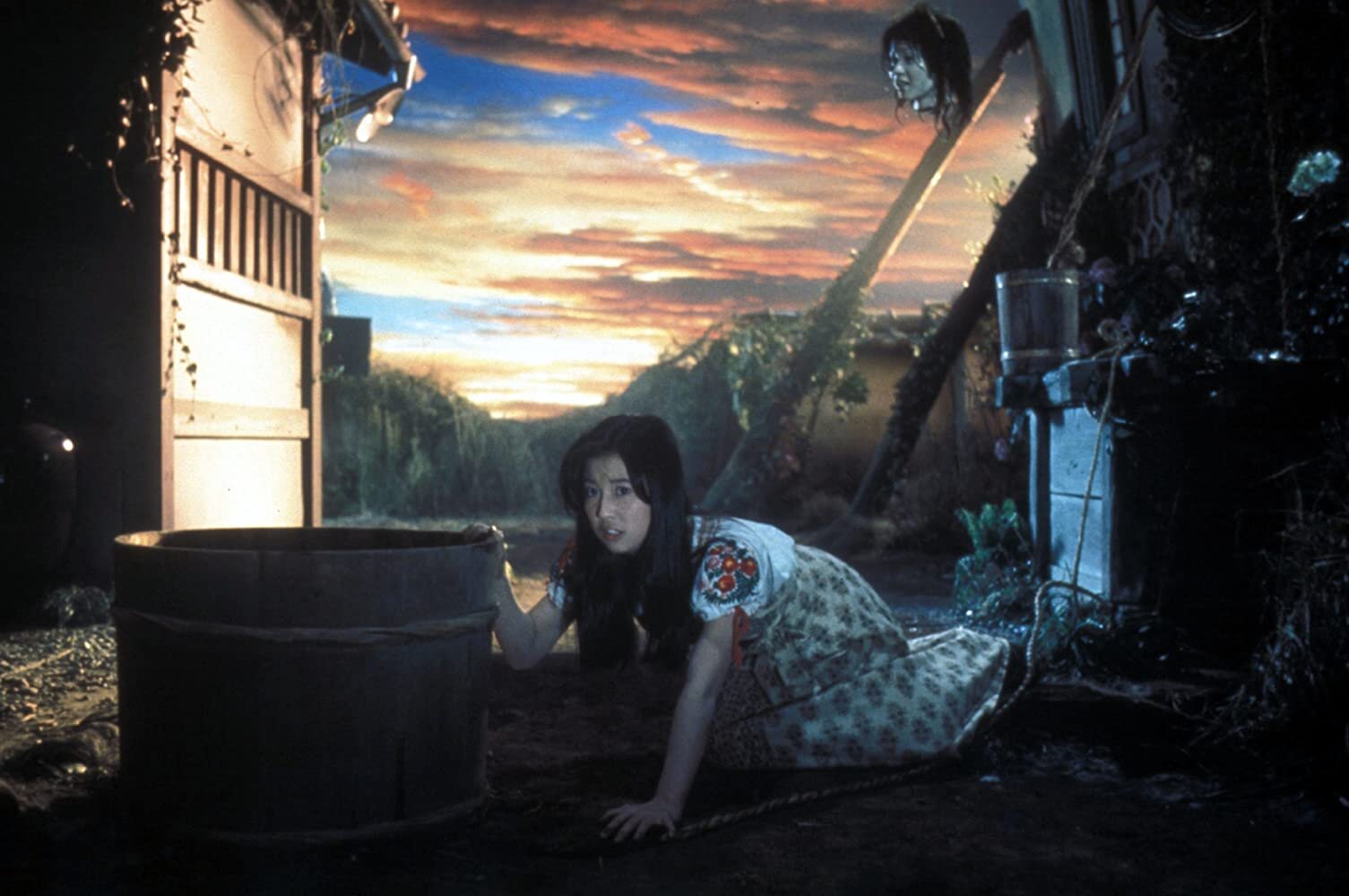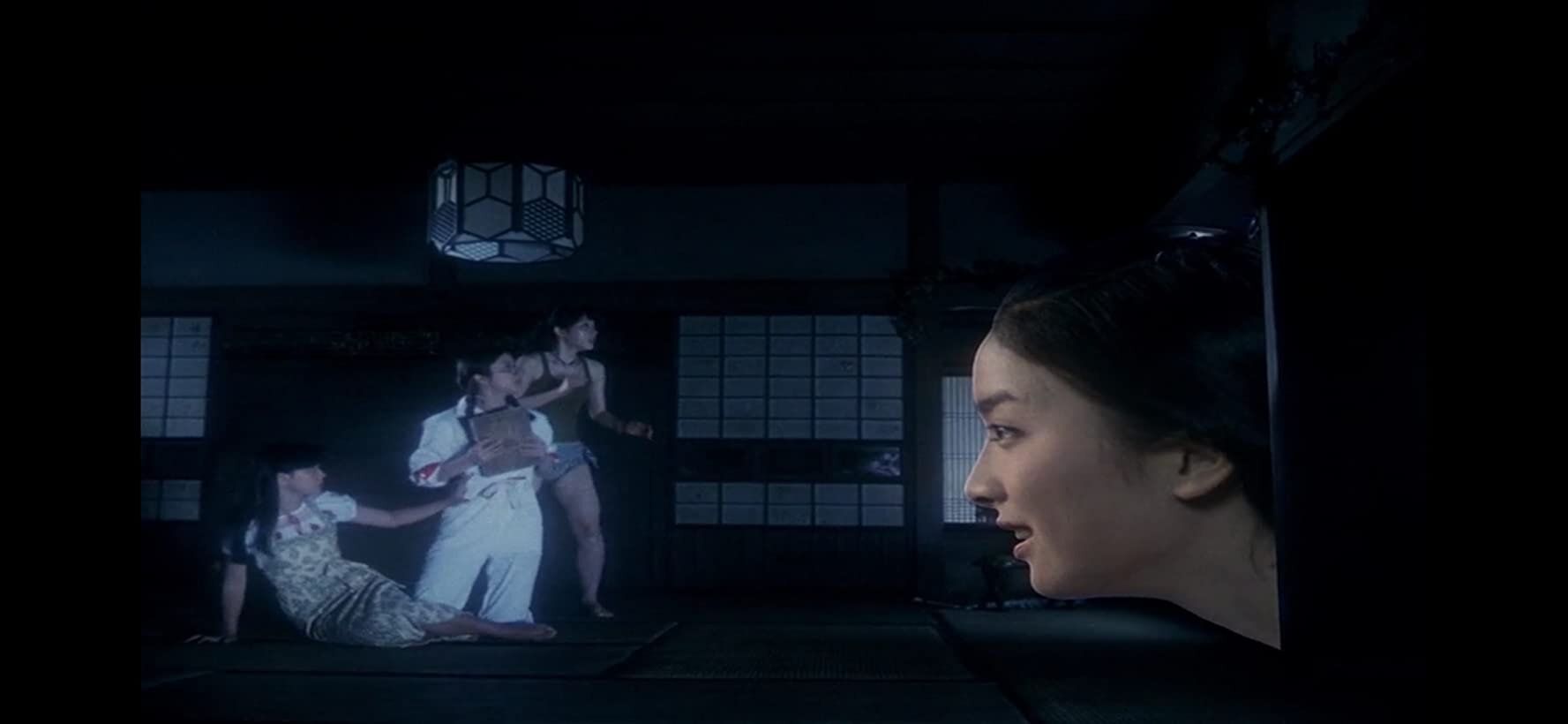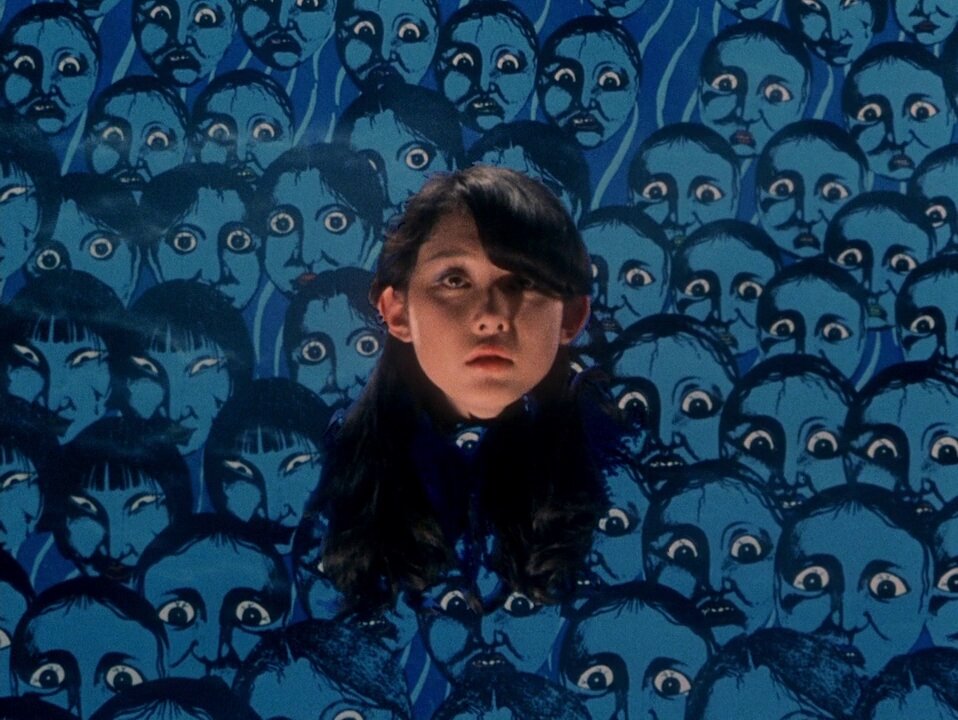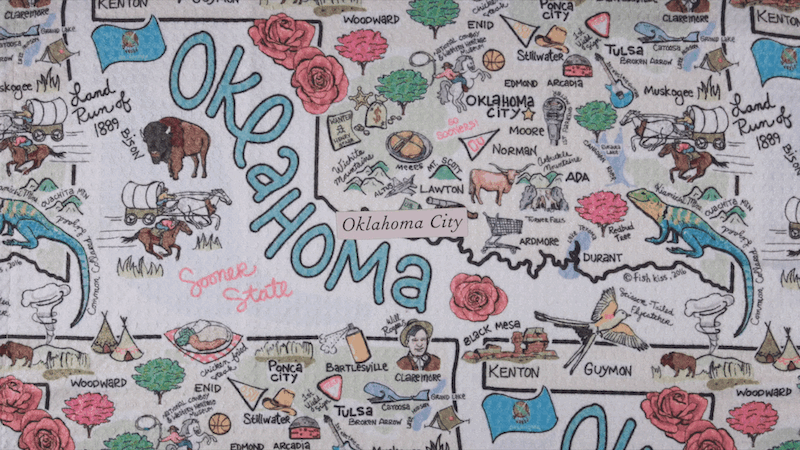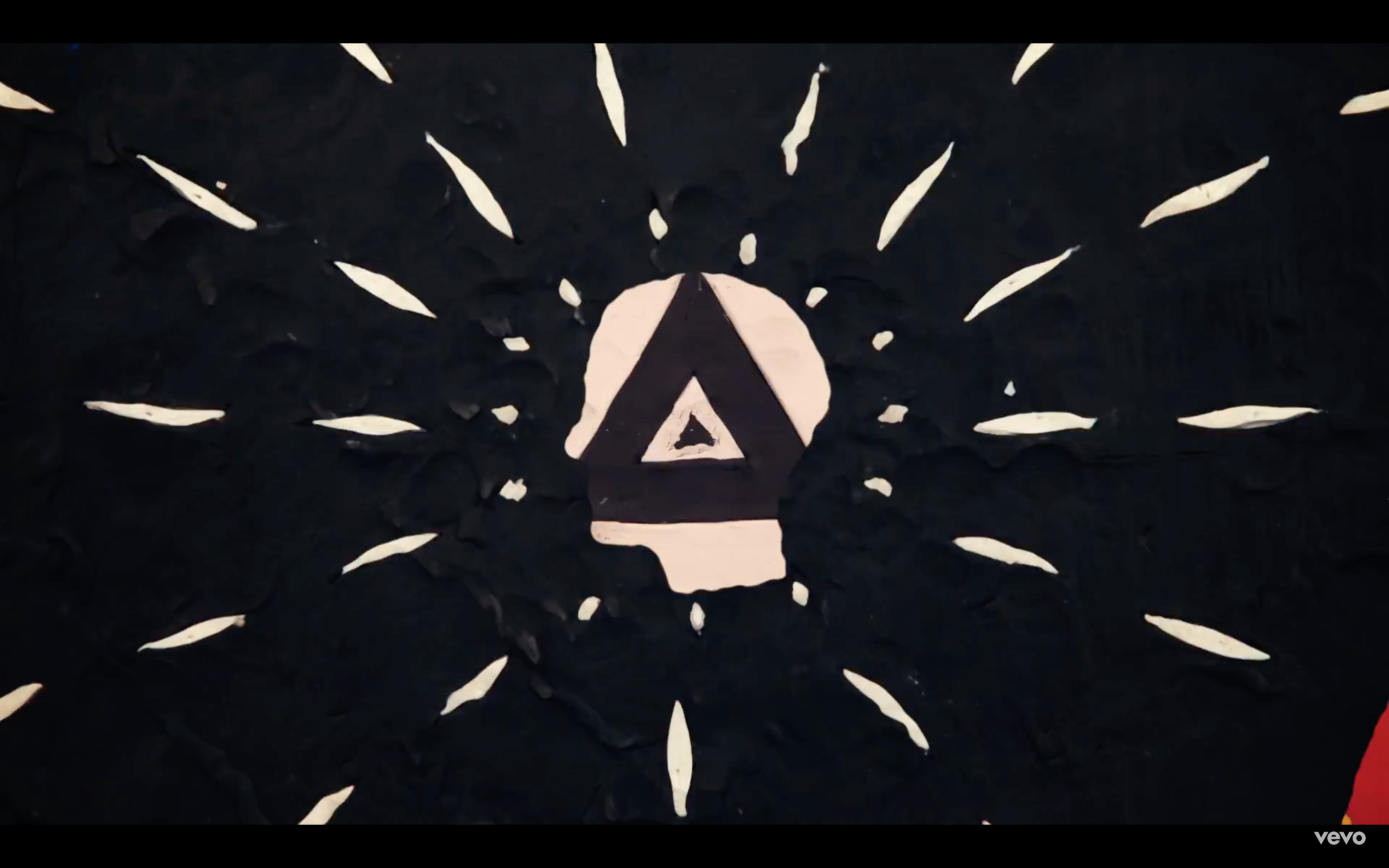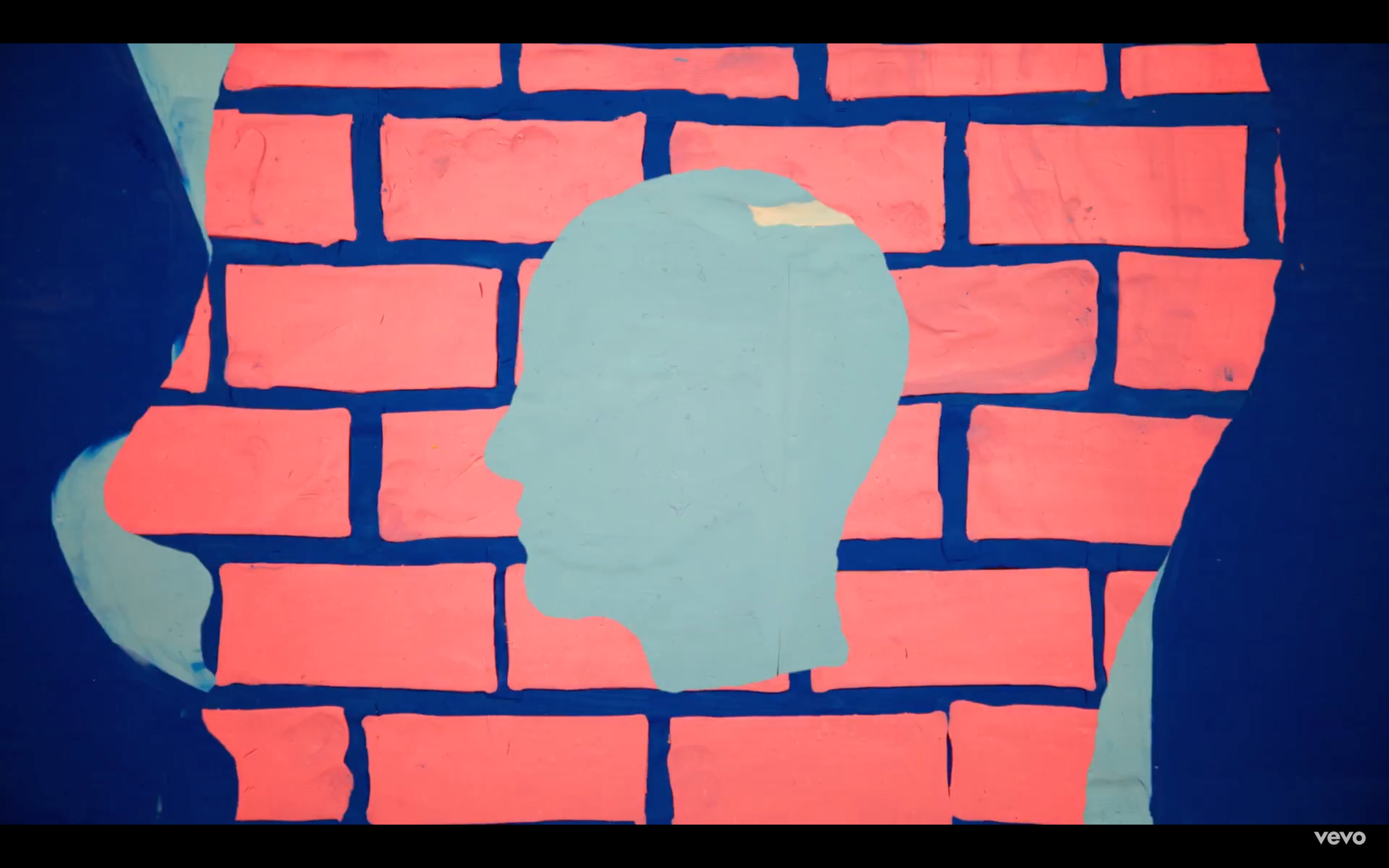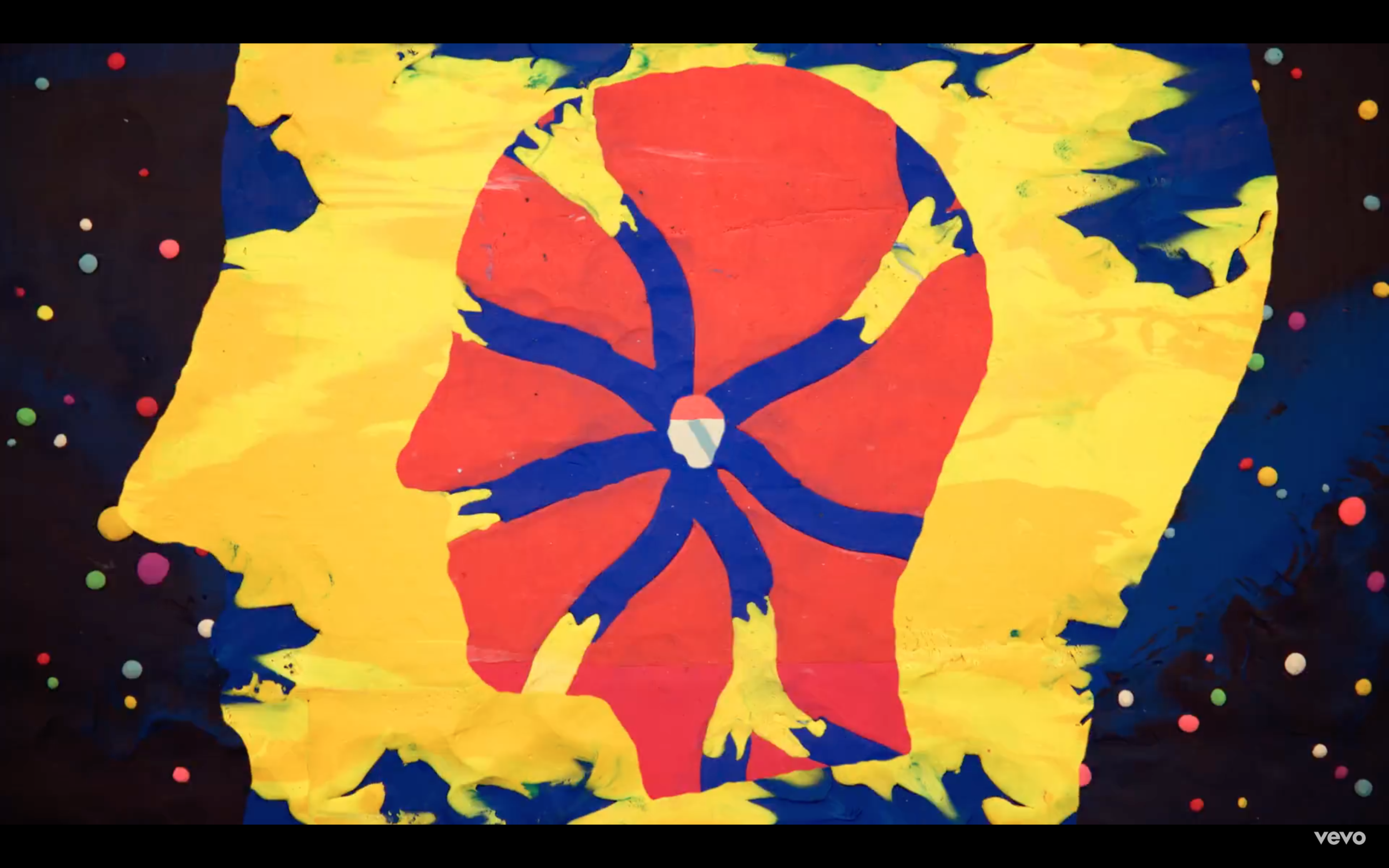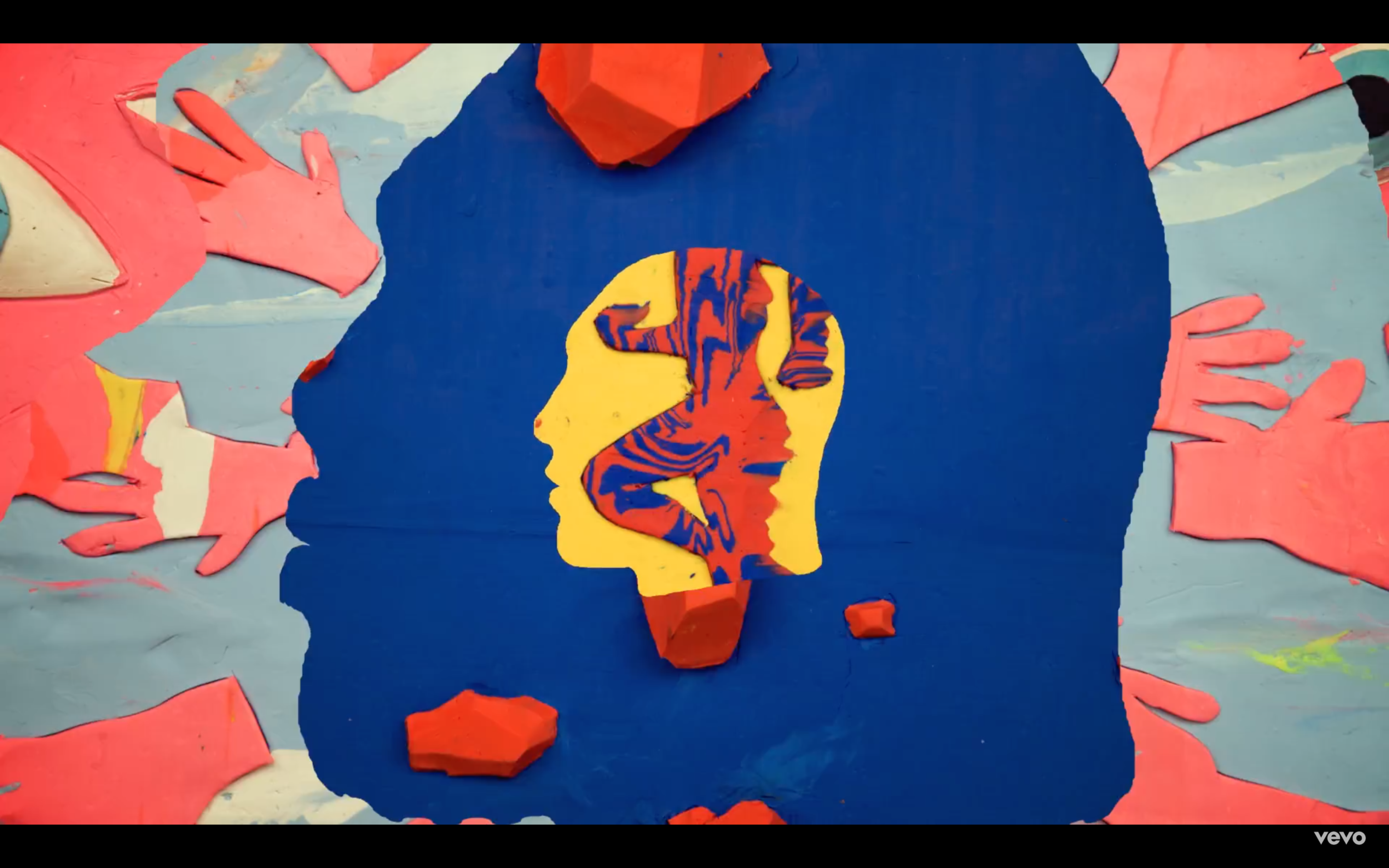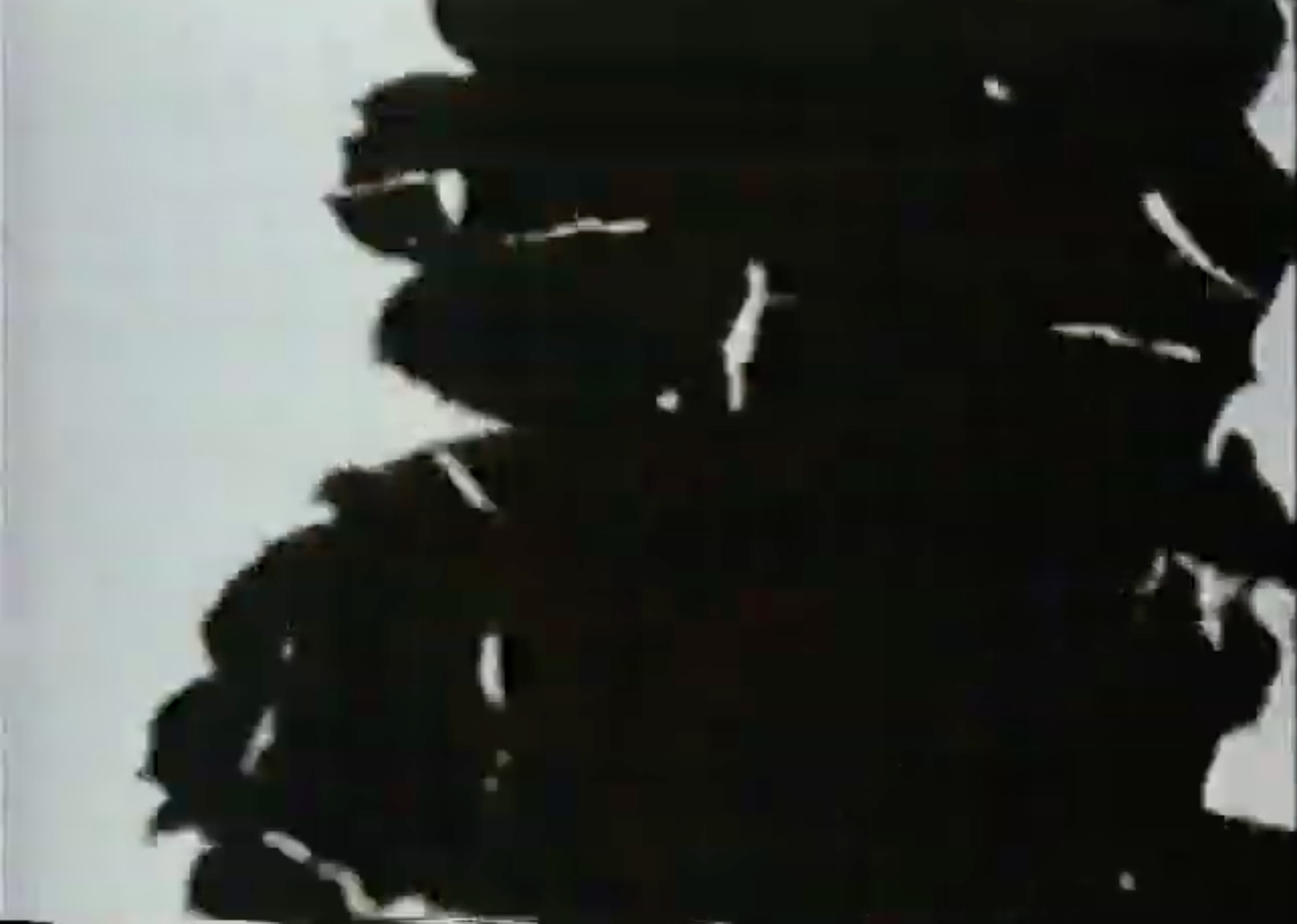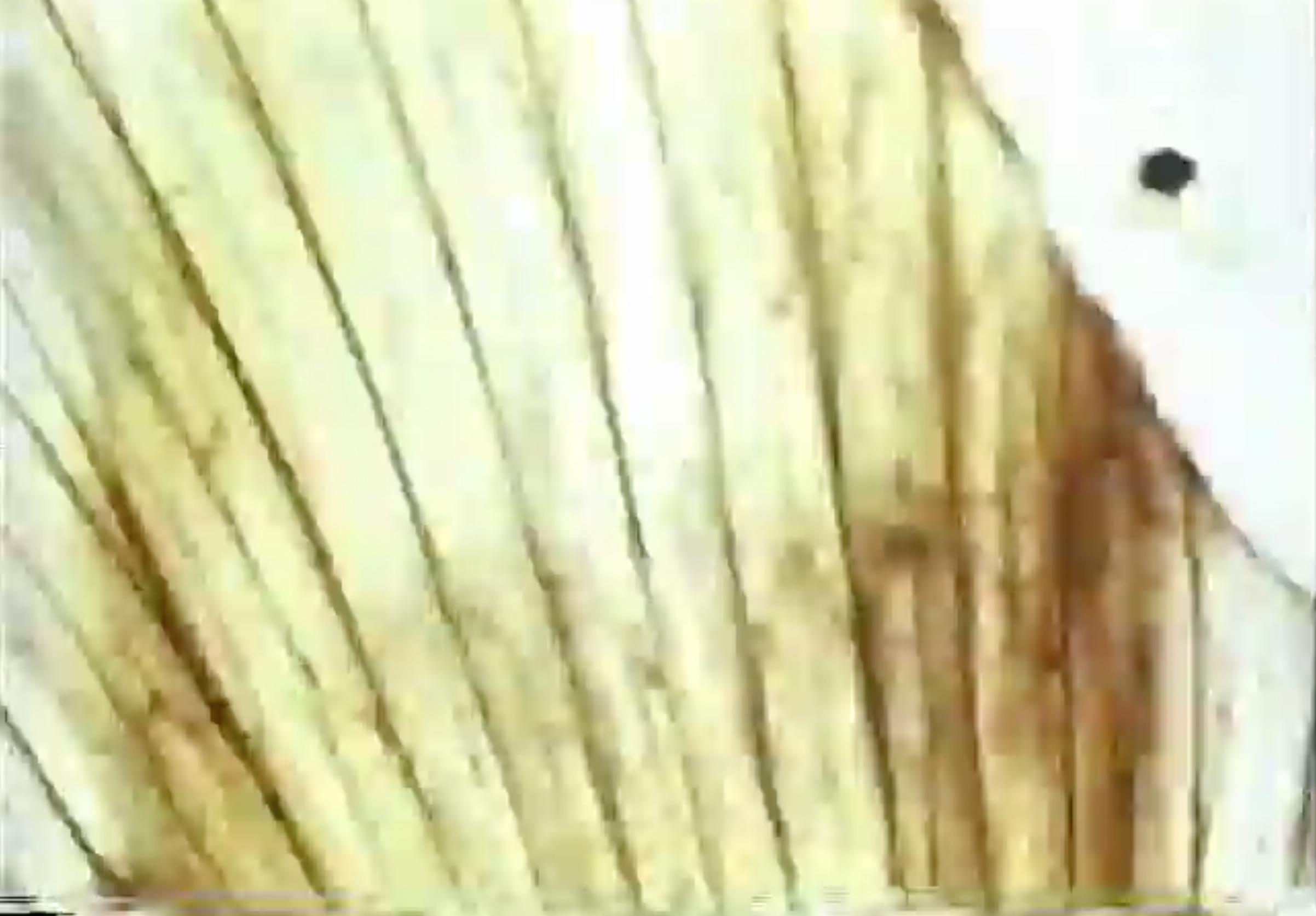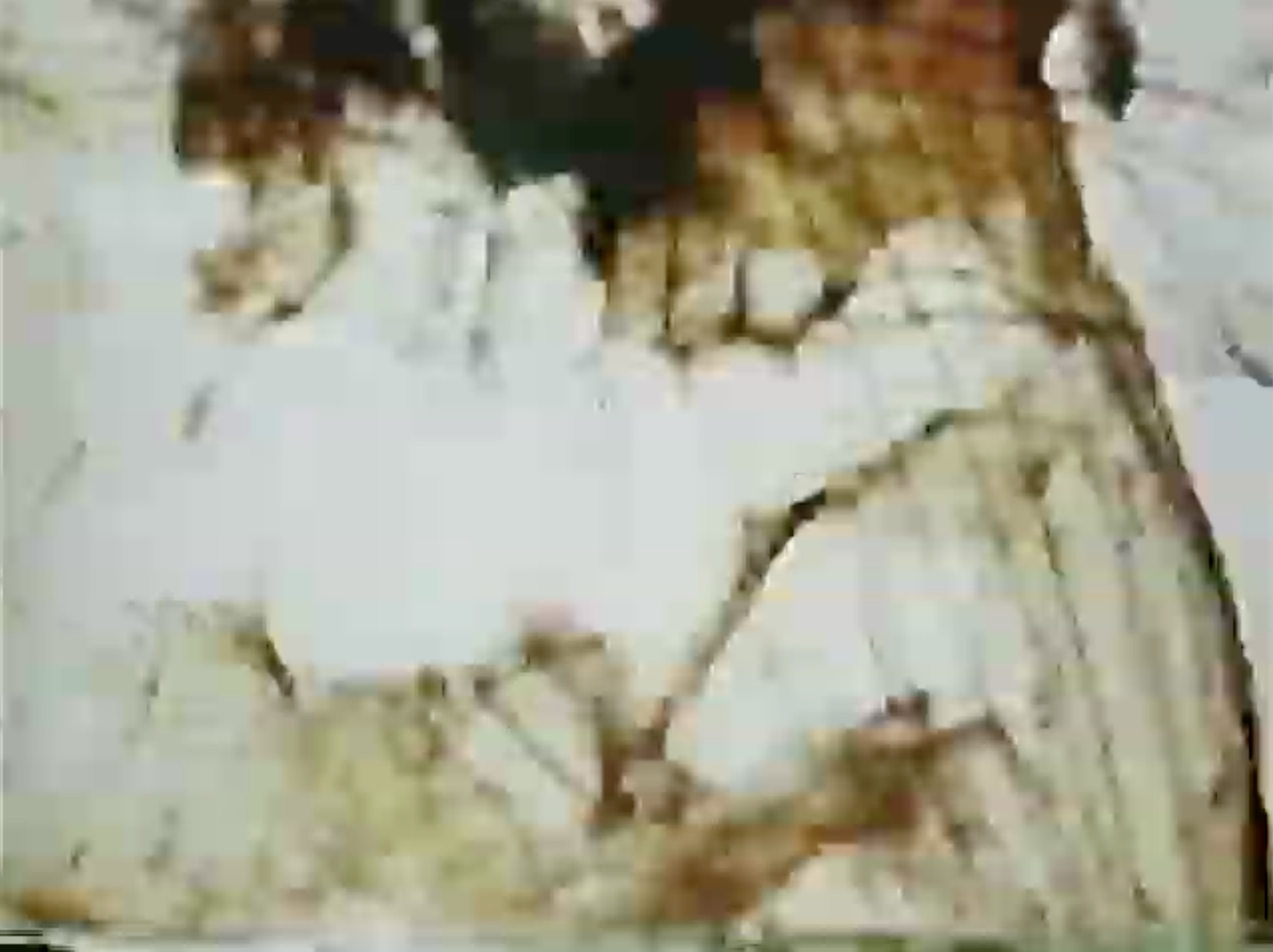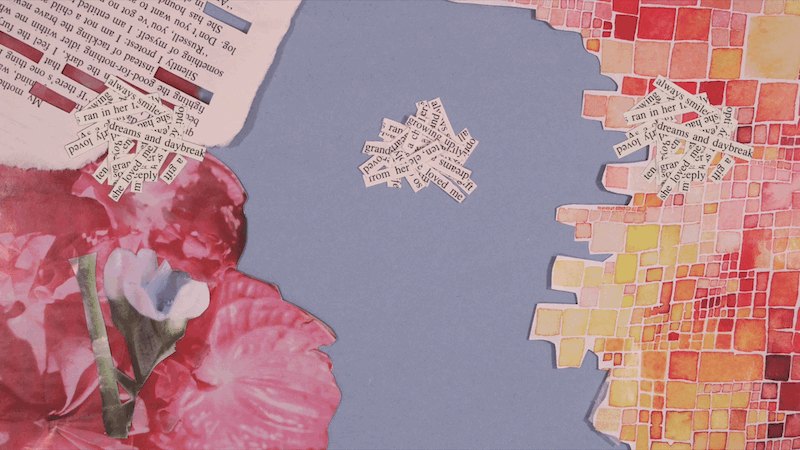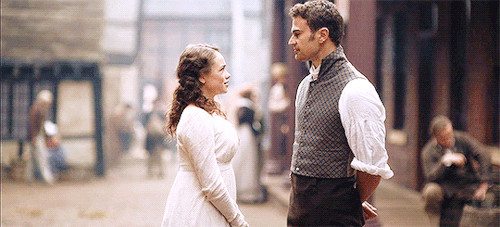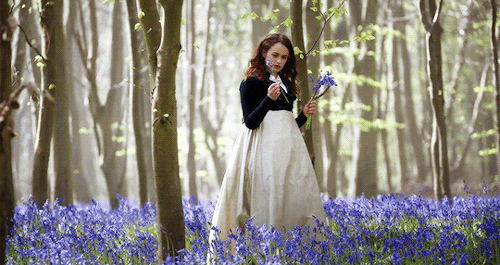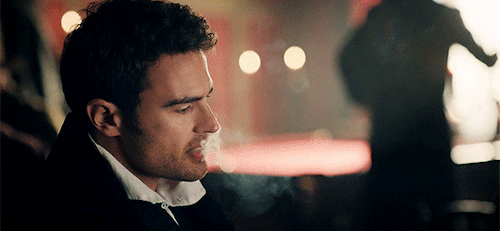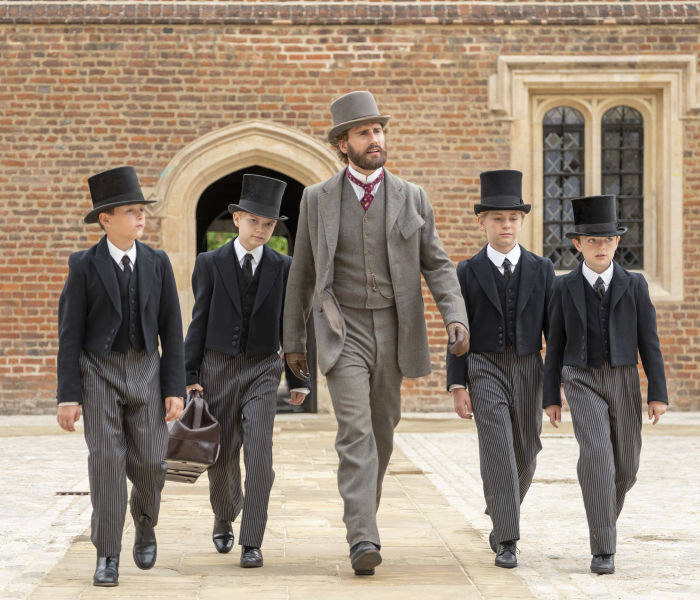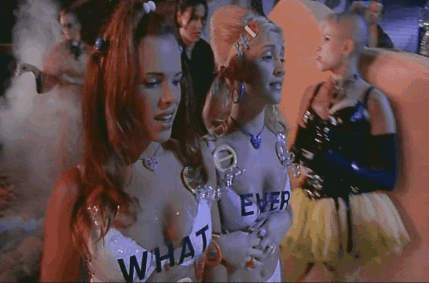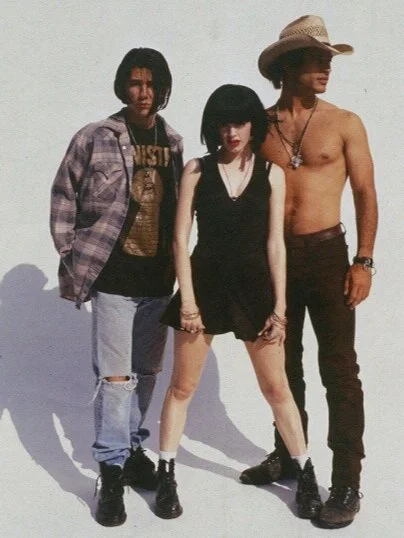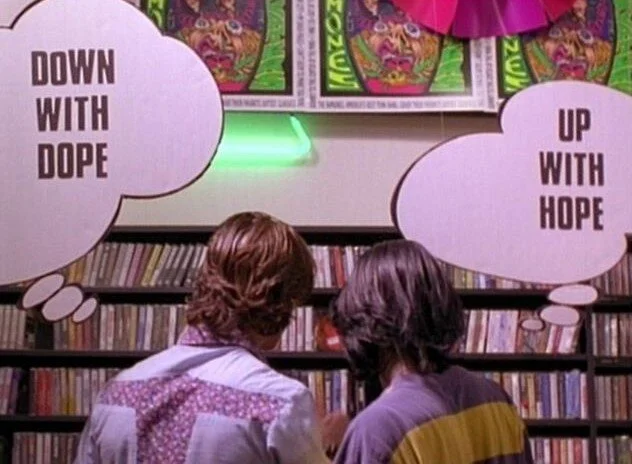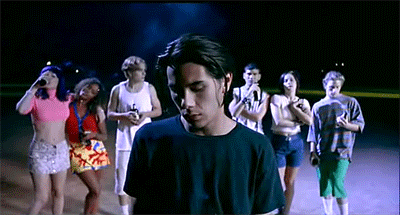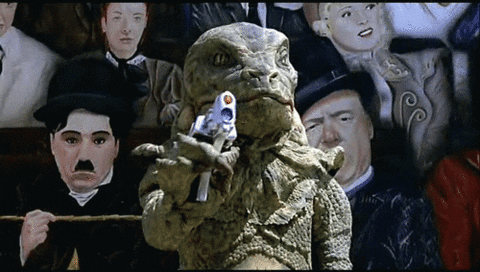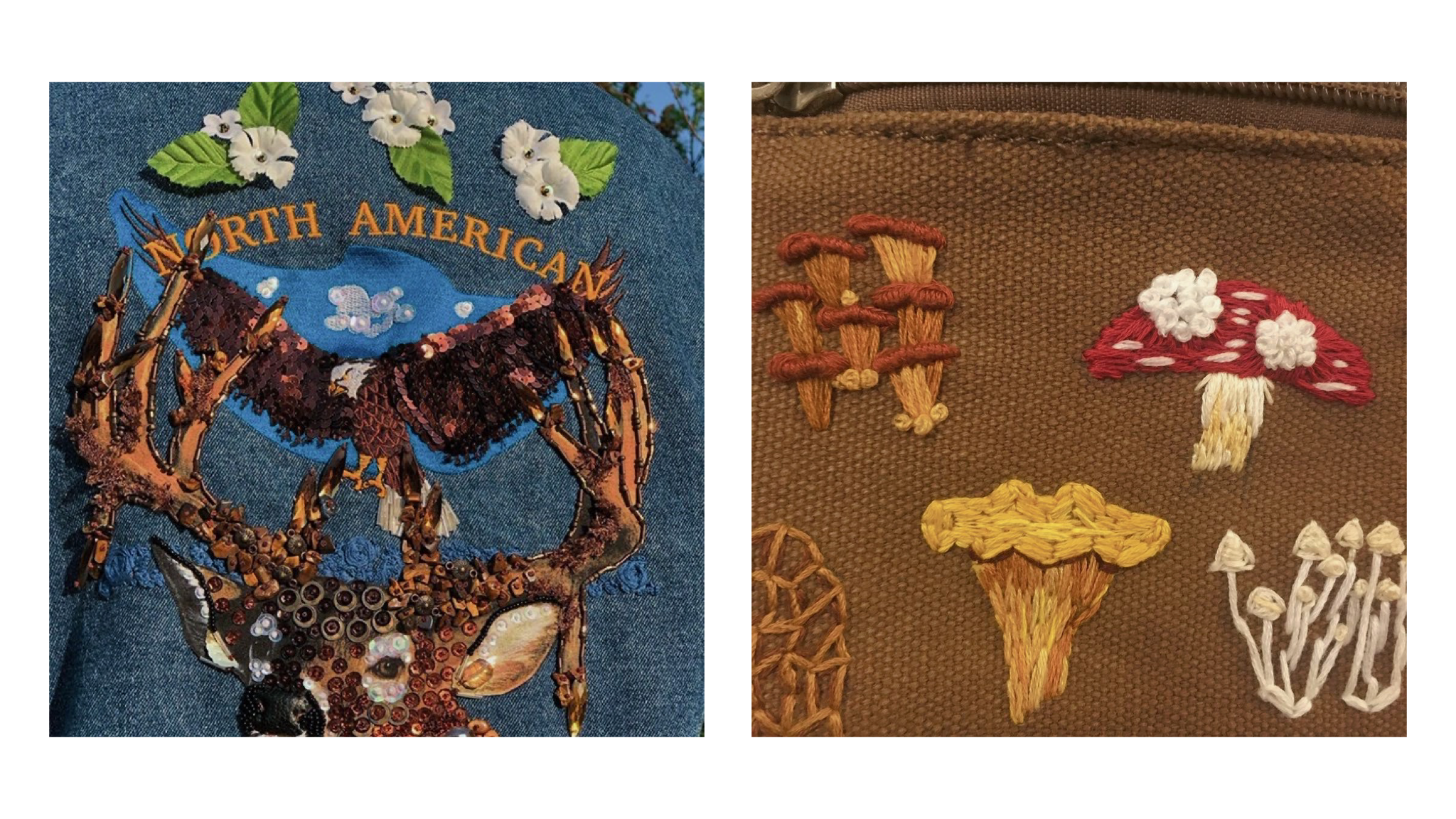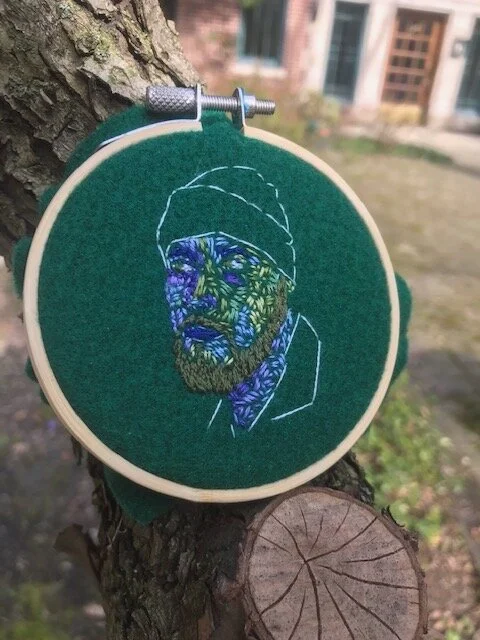If you’re like me, you might be stuck at home missing Chicago. Since we can’t be there in person right now, the next best thing is to watch some of the countless movies shows filmed there. Here are a few such movies to keep you entertained during quarantine and feeling closer to Chicago.
While You Were Sleeping (1995) - dir. Jon Turteltaub
Image via.
While You Were Sleeping stars Sandra Bullock as Lucy, a CTA worker who has a crush on a stranger who regularly rides the train. On Christmas, the stranger is attacked and left on the train tracks. Lucy takes him to the hospital, where his estranged family misunderstands her to be his fiancée. Not knowing how to break the truth, Lucy continues to pretend to be engaged to the stranger, Peter, who remains comatose. She spends more time with Peter’s family and grows attached to them. While the premise may seem a little creepy at first, this movie is ultimately an incredibly cute and enjoyable rom-com featuring lovable characters. If Sandra Bullock and the CTA aren’t already enough to entice you to watch the movie, let the promise of a feel-good rom-com without a super-predictable plot convince you.
Ferris Bueller’s Day Off (1986) - dir. John Hughes
Image via.
Is there a Chicago movie more iconic than Ferris Bueller’s Day Off? Filled with memorable lines like “If you don't stop and look around once in a while, you could miss it,” this movie also features scenes in downtown spots like Sears Tower and the Art Institute. When you’re missing Chicago, this movie is always worth watching and re-watching.
The Break-Up (2006) - dir. Peyton Reed
Image via.
Another cheesy rom-com for your viewing pleasure. Brooke (Jennifer Aniston) and Gary (Vince Vaughn) are a Chicago couple. They break up, but neither of them is willing to move out. As expected, lots of drama ensues.
Southside With You (2016) - dir. Richard Tanne
Image via.
Southside With You tells the story of Barack and Michelle Obama’s first date in 1989. The movie is filmed in and around Hyde Park, with Kimbark Plaza making an appearance. The Obamas are undeniably an important part of Hyde Park history, and this movie is a wonderful celebration of their relationship.
Divergent
Image via.
Yes, this movie screams junior high awkwardness. And while it’s not exactly what you would describe as a cinematic masterpiece, it does present an interesting rendering of a futuristic, post-apocalyptic Chicago. There’s even a scene filmed in Mansueto, with the brutalist silhouette of the Reg visible in the background. Let’s face it: it’s nice to see the place where we’ve all spent countless nights crying into our books portrayed in a somewhat happier manner.
Cover image via.













